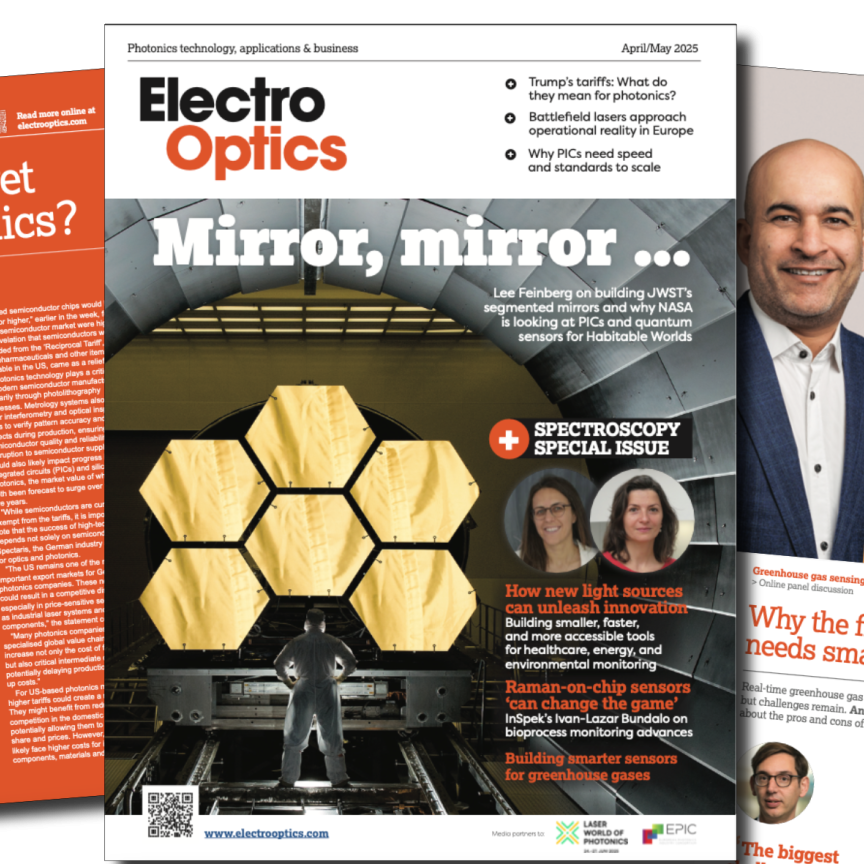MicroLED technology has a rich history that can be traced back to the development of light-emitting diodes (LEDs) in the 1960s. These semiconductor devices, which emit light when an electric current is applied, found their initial use in indicator lights and displays.
Over the years, LEDs were miniaturised. This led to the development of smaller surface-mount LEDs, which can be found in applications in consumer electronics and display backlighting. The term “microLED” gained prominence in the 2000s as researchers and engineers started exploring the possibilities of creating displays with individually addressable, microscopic LED elements. These microLEDs were much smaller than traditional LEDs, often on the scale of micrometres.
Advances in semiconductor manufacturing techniques, such as thin-film deposition and photolithography, played a crucial role in making this Speed of light How swift testing is playing a crucial role in unleashing the power of microLEDs technology more practical and cost-effective. This has allowed for the precise placement of millions of microLEDs on a single substrate. Among their main advantages are their brightness and energy efficiency. They can achieve high levels of brightness while consuming relatively low power, making them attractive for various applications.
The benefits of microLEDs in displays
As microLED technology has matured, it has become increasingly popular for display applications. The ability to create high-resolution, high-contrast displays with true blacks and vibrant colours makes these displays desirable for smartphones, televisions, and wearable devices such as smartwatches and augmented reality (AR) glasses, as they offer improved display quality in a smaller form factor.
In terms of the advantages offered, microLED displays offer excellent contrast ratios, wide colour gamuts, and high resolutions, resulting in superior visual experiences compared with traditional display technologies. They are also highly energy-efficient, prolonging battery life in portable devices and reducing power consumption in larger displays. MicroLEDs are also known for their robust properties and resistance to damage, which makes them ideal for use in demanding environments and applications, such as automotive displays. The scalability of microLED technology allows for displays of various sizes and resolutions, making it versatile for different applications.
Continued advancements in manufacturing techniques are making microLED displays more cost-effective to produce, further fuelling their popularity. The challenges, however, emerge when it comes to the mass transfer of microLEDs from wafers to displays at the same time as maintaining optical quality control at every step. The importance of testing cannot be overestimated. The quality of each individual diode can be pivotal in determining the overall performance of displays. Even minor defects or variations can result in colour inaccuracies, reduced brightness, or display malfunctions.
The need for speed when wafer testing microLEDs
Tobias Steinel, Product Manager at Instrument Systems, says: “The need for speed is particularly important when it comes to wafer-testing microLEDs because of the volume that needs to be tested, which can be in the millions. Couple this with the number of consumer electronics devices being produced, and it’s clear that speed is crucial in testing microLEDs. Traditional testing methods, such as integrating spheres, can be slower and therefore less practical for testing such large volumes of tiny LEDs, so there needs to be a quicker alternative.”
A combination of technologies could be the solution to achieving both speed and precision. A high-resolution camera, for example, can offer the speed needed to measure numerous microLEDs simultaneously. However, for absolute colour and spectral accuracy, spectroradiometry is widely trusted as a solution. Enter the LumiTop system from Instrument Systems, a partner to some of the best known LED and microLED manufacturers for nearly 40 years. LumiTop is a 2D imaging light measurement device combined with a highly accurate reference spectroradiometer under the firm’s CAS spectrometer series.
“It can be a powerful tool for ensuring display quality in 24/7 operations, as it can efficiently address even challenging optical testing requirements within production timeframes and harsh conditions” says Steinel. “The systems are also easy to integrate into production lines, delivering performance while saving cost, space, and time.”
With testing required in a number of different environments, it is useful to have some flexibility to choose from various camera and sensor configurations to suit individual requirements.
“With LumiTop we can offer customisable options to meet the demands of both production and laboratory environments,” says Steinel.
In terms of camera options, LumiTop provides a choice between high dynamic and low-noise RGB cameras, cooled CCD sensors with 6MP, and fast CMOS sensors with 12MP or even 150MP for ultra-high resolution. The LumiTop X150 features an optional pixel shifter, enabling sub-pixel resolution of entire 4K high-definition displays. Meanwhile, sensors with up to 81dB dynamic range offer an extensive measurement range suitable for low and high luminance applications. Additionally, a variable allelectronic attenuation mode allows for higher luminance measurements without the need for extra neutral density filters. However, such filters are available as an option to extend the measurement range to extremely bright light sources.
The system accommodates a range of industry-grade objective lenses, allowing the user to build a system that precisely aligns with their measurement needs. In production environments where timing is critical, Instrument Systems has introduced a hardware trigger to the LumiTop 4000, which provides input and multiple output triggers for precise timing and synchronisation, which is especially vital for testing modulated light sources such as OLEDs.
LumiTop 2700 and 4000 were specially designed without moving parts to maximise speed, reliability, and accuracy, while LumiTop X150 is optimised for exceptional resolution and single-pixel metrology of highdefinition displays.
For Instrument Systems, long-term stability and accuracy is crucial, so LumiTop undergoes an efficient auditing process and robust design.
“Our coordinated auditing, calibration, and service strategy not only enhances testing capabilities, but can also reduce factory downtimes, and guarantee reliable, accurate measurements,” says Steinel. “Our auditing tools are traceable to national metrology institutes and are optimised for quick inline instrument checks, minimising disruptions in production.”



